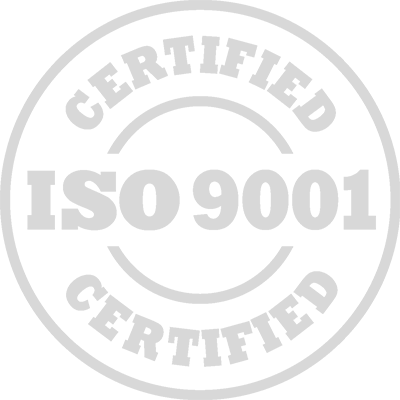Introduction
In recent years, there has been a growing recognition that, in the long run, effective management of cash flow is more important than profit. Long-term working capital and cash flow management are the actual value of a business.
The working capital and cash flow management course has also recognized the significant potential for improved financial performance from the more effective management of working capital – directly from immediate cash gains and reduced net interest costs and indirectly through its impact on increased profitability and return on capital employed.
A key challenge in achieving these performance improvements results from the fact that actual working capital levels and cash flow delivery are effectively determined by the day-to-day actions of many managers and staff, which in large corporations often run into tens of thousands.
This Advanced Cash Flow and Working Capital Management Course covers the principles, techniques, and skills involved in effectively managing cash flow and working capital in any business and aligns with professional cash flow management seminars and a week's Cash Flow training course to enhance financial proficiency.
A Week Cash Flow Model Training
As part of our advanced cash flow course, participants will delve into the intricacies of a week's cash flow model training.
This advanced cash flow course critical financial tool aids businesses in forecasting and planning their short-term cash requirements.
This cash flow model training underscores the importance of precision and strategic forecasting in maintaining corporate liquidity and securing financial stability.
Targeted Groups
- Treasury team members.
- Commercial managers.
- Receivables and payables team members.
- Planning and budgeting managers.
- Financial and management accountants.
- Capital investment and project management team members.
Course Objectives
At the end of this working capital and cash flow management course, the participants will be able to:
- Understand compelling cash flow management fundamentals, including optimizing the functional working capital level.
- Develop practical experience in managing cash flow and optimizing working capital to facilitate such delivery in real-life business situations.
- Increase personal financial skill levels.
- Develop confidence through understanding the primary drivers of successful financial performance.
- Learn many technical skills, all of which lead to the ability to calculate the required figures and implement them into value-adding business decisions.
- Understand balance sheets and profit-and-loss statements.
- Understand the importance of cash as the lifeblood of a business.
- Focus on crucial inventory, accounts receivable, and accounts payable management areas.
- Understand how to control and manage the cash flow of a business.
- Forecast cash flows and draft a cash budget.
- Evaluate projects based on their expected cash flows.
- Incorporate risk into financial decisions.
Targeted Competencies
- Optimizing working capital.
- Managing accounts receivable.
- Managing inventory.
- Strategic management of cash flow and working capital.
- Planning, forecasting, and monitoring cash and working capital.
- Financial modeling tools and techniques for cash flow and working capital management.
Course Content
Unit 1: Accounting for Cash Flow Management and Performance
- A Performance management model of cash flow.
- The financial language.
- Accounting basics.
- Working capital and cash flow management.
- The 3 Key financial statements.
- Cash flow vs. profit.
- Using financial statements to manage cash flow and working capital.
Unit 2: Measuring and Improving Performance
- The impact of inflation on financial performance.
- Measuring performance: ratios and KPIs.
- Benchmarking of performance.
- Ratios for cash flow and working capital management.
- Basics of working capital management.
- Credit risk management.
- Financial modeling for cash flow and working capital management.
- Spreadsheet modeling and tools and approaches.
Unit 3: Strategic Cash Management
- Cash flow and Cost modeling.
- The economic value cash flow model.
- Time value of money and discounted cash flow (DCF).
- The critical investment indicators.
- Defining the proper base case, sensitivity, and risk analysis.
- Treatment of working capital.
- Valuing companies and acquisitions.
- Where does net present value (NPV) come from?
- The drivers of value.
- Learning from experience and delivering project value.
Unit 4: Optimisation of Working Capital
- Optimization, not minimization.
- Key issues.
- Stock.
- Debtors.
- Creditors.
- Stores.
- Settlement options.
- The cost of working capital.
- Long-term.
- Short-term.
- Practical examples.
- Engaging the organization.
Unit 5: Cash Flow Planning and Forecasting
- Approaches to managing cash resources.
- Cash flow forecasting methods.
- An integrated approach to risk management.
- Techniques for managing risk.
- Building a fundamental driver cash flow forecast.
- Sensitivity testing cash flow forecasts.


